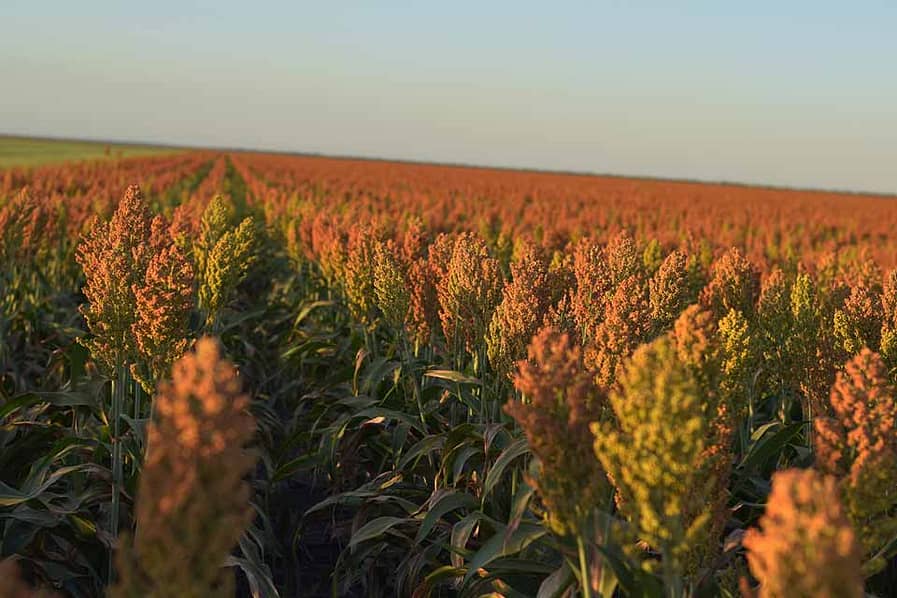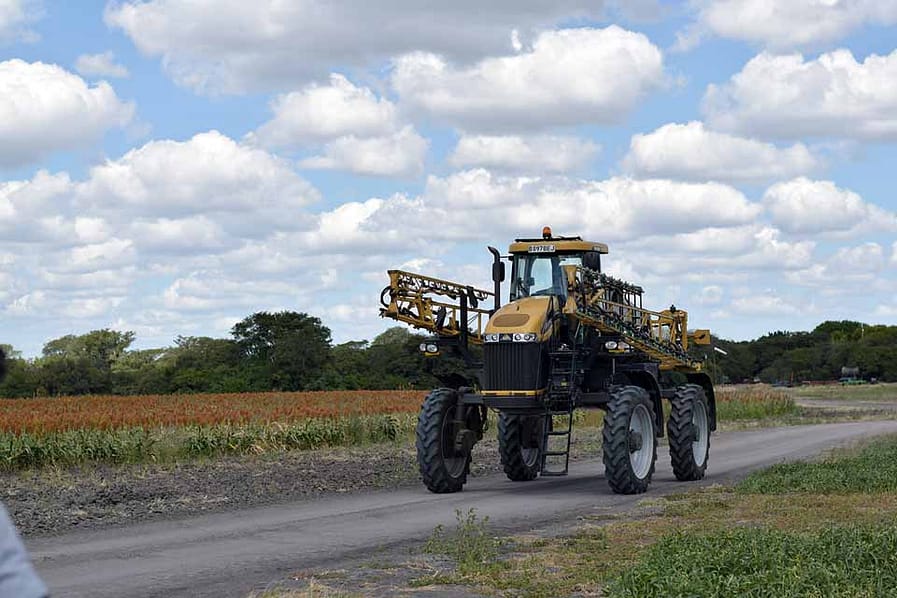History
By the mid-1800s Pandamatenga had emerged as the home of a mixed population of Basarwa, Bakalanga and Ndebele. Its importance grew in the second half of the 19th century when it became a commercial centre. This followed the arrival of an English trader in 1872 named George Cobb Westbeech who established a trading post that served as a strategic gateway for the trans-Zambezi commerce. During this period Pandamatenga also served as a springboard for European exploration and missionary efforts to evangelize central Africa.
In 1984 the Pandamatenga farming project commenced with the initial allocation of a total of 25,074 hectares, divided into plots of approximately 500 hectares each, for commercial farmers. The project was undertaken to boost Botswana’s food security in the context of the area’s superior rainfall and soils.
Pandamatenga Agricultural Infrastructure Development Project
Initiated because of the priority given by Government of Botswana owing to the area’s inherent potential to increase cereal production. Indeed, Pandamatenga area is highly suitable for arable agriculture because of a relatively high rainfall of 600mm per annum and inherently fertile soil. The present project will facilitate water control and access road development for rain fed agricultural production within 27,574 ha of farm land in Pandamatenga area. It will incorporate water management and ecosystem conservation concepts in crop production, train beneficiaries and provide equipment for effective production activities.
Come, see it with your own eyes
Plan your trip




Pandamatenga farmers export 20000 tonnes of beans to Asia
invest in pandamatenga
- There’s a huge demand for Pandamatenga’s mung beans in China
- Over 140 million Pula made from bean export revenue
- One tonne of beans bought at US$675 (Over 7000 Pula)
- Over 600 million invested in Panda by NDB over the last 10 years